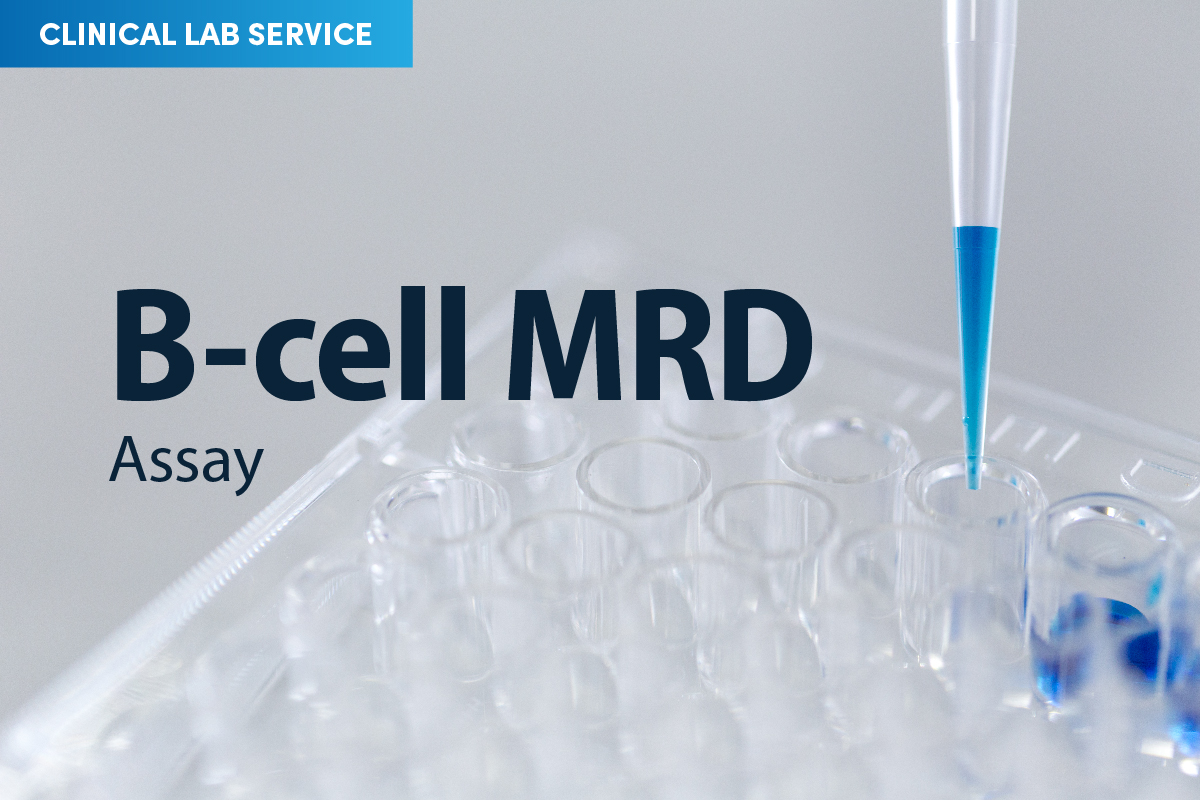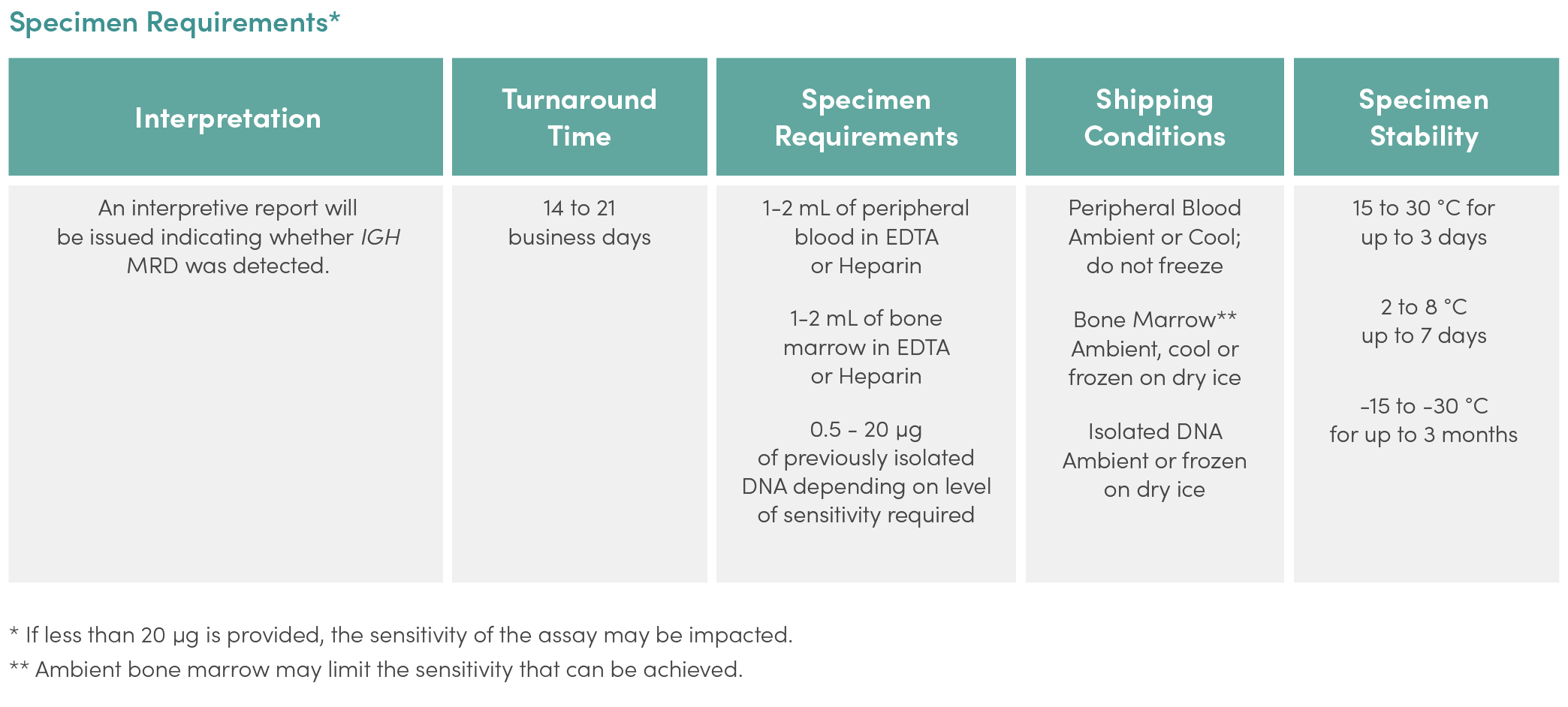End User License Agreement
CAREFULLY READ THE TERMS OF THIS END USER LICENSE AGREEMENT BETWEEN YOU AND INVIVOSCRIBE, INC., A CALIFORNIA CORPORATION (“LICENSOR”) BEFORE ACCESSING OR USING Invivoscribe Software (THE “PRODUCT”). BY ACCESSING OR USING THE PRODUCT, OR CLICKING BELOW TO ACKNOWLEDGE YOUR ACCEPTANCE OF THE TERMS AND CONDITIONS OF THIS AGREEMENT, YOU, AS THE USER OF THE PRODUCT, IN WHATEVER CAPACITY (EACH AN “AUTHORIZED USER”), AGREE TO THE TERMS OF THIS AGREEMENT. IF YOU DO NOT AGREE TO ALL OF THE TERMS OF THIS AGREEMENT, DO NOT ACCESS OR USE THE PRODUCT, OR CLICK BELOW TO ACKNOWLEDGE YOUR ACCEPTANCE OF THE TERMS AND CONDITIONS OF THIS AGREEMENT. BY USING THE PRODUCT, YOU ASSERT THAT YOU ARE AN AUTHORIZED REPRESENTATIVE OF THE END USER WITH AUTHORITY TO ENTER INTO THIS AGREEMENT.
This End User License Agreement (“Agreement”) is made and entered into by and between INVIVOSCRIBE, INC., a California corporation (“Licensor”) and You (either an individual or a legal entity), the “Licensee,” as defined herein for the licensing and usage of the Licensor’s software. Licensee acknowledges and agrees that Licensee’s right to use the software in any manner shall be controlled by this Agreement and that such use shall be strictly in accordance with the terms and conditions of this Agreement.
- GRANT OF LICENSE. Licensor grants to Licensee a non-exclusive, non-transferable, limited license, without right to sublicense, to use the software and any accompanying written materials and any documents or other content embodying information contained within the software (collectively, the “Product”) only for Licensee’s own use. Except as agreed in a document signed by Licensor, the software license granted in the preceding sentence is limited to use with Licensor’s Assays purchased from Licensor or from an authorized distributor of Licensor. Licensor reserves all rights not expressly granted to Licensee. The limited license granted by this Agreement and Licensee’s payment of the license fee, if any, give Licensee the right to use the Product only in accordance with the terms of this Agreement. This license is not a sale of the original software or any copy.
- CONFIDENTIALITY. Licensee agrees that the Product is based on and includes the intellectual property, including proprietary trade secrets, inventions, copyrights, patent applications, and/or granted patents (“Intellectual Property”) of Licensor, and that Licensor owns all such Intellectual Property. Possession and use of the Product shall be strictly in accordance with this Agreement, and receipt or possession does not convey to Licensee any rights in the Product or the Intellectual Property, or any rights to divulge, reproduce, or allow others to use the Product outside the terms of this Agreement without specific written authorization of Licensor. Licensee agrees not to disclose, copy, publish, translate, release, or distribute copies of the Product or any portion thereof to others outside the terms of this Agreement. Licensee may not modify, adapt, translate, reverse engineer, decompile, disassemble, or create derivative works based on any portion of the Product, including any documents or other content produced using the software.
- OWNERSHIP OF PRODUCT. Title to, ownership of, and all rights and interests in the Product, all copies thereof, and any Intellectual Property relating thereto, remains at all times vested in Licensor.
- COPY RESTRICTIONS. The Product is copyrighted. Unauthorized copying or modification of the Product, including software that has been modified, merged, or included with other software, is expressly forbidden. Licensee may be held legally responsible for any copyright infringement that is caused or incurred by Licensee’s failure to abide by the terms of this Agreement.
- TRANSFER RESTRICTIONS. This Product is licensed to Licensee, and may not be transferred to anyone without the prior written consent of Licensor. In no event may Licensee transfer, assign, rent, lease, sell, or otherwise dispose of the Product, or any portion thereof, except as expressly provided herein.
- TERMINATION. This Agreement will be terminated automatically without notice if Licensee fails to comply with any provision of this Agreement.
- LIMITED WARRANTY. THE PRODUCT AND ANY ACCOMPANYING WRITTEN MATERIALS, INCLUDING INSTRUCTIONS FOR USE, ARE PROVIDED “AS IS,” WITHOUT WARRANTY OF ANY KIND, EITHER EXPRESS OR IMPLIED, INCLUDING, BUT NOT LIMITED TO, THE IMPLIED WARRANTIES OF MERCHANTABILITY AND FITNESS FOR A PARTICULAR PURPOSE. LICENSEE BEARS THE ENTIRE RISK OF THE QUALITY AND PERFORMANCE OF THE PRODUCT. FURTHER, LICENSOR DOES NOT WARRANT THE RESULTS OF USE OF THE PRODUCT OR THAT THE PRODUCT IS BUG/ERROR FREE OR THAT ITS USE WILL BE UNINTERRUPTED. THIS DISCLAIMER OF WARRANTY CONSTITUTES AN ESSENTIAL PART OF THIS AGREEMENT. BECAUSE SOME STATES OR JURISDICTIONS DO NOT ALLOW LIMITATIONS ON HOW LONG AN IMPLIED WARRANTY LASTS, THE ABOVE LIMITATION MAY NOT APPLY.
- LIMITED LIABILITY. IN NO EVENT SHALL LICENSOR BE LIABLE FOR ANY DIRECT, INDIRECT, CONSEQUENTIAL, OR INCIDENTAL OR PUNITIVE DAMAGES, INCLUDING DAMAGES FOR LOSS OF PROFITS, LOSS OR DAMAGE OF DATA, BUSINESS INTERRUPTION, OR LOSS OF GOODWILL, AND THE LIKE, ARISING OUT OF THE USE OF OR INABILITY TO USE THE PRODUCT, EVEN IF LICENSOR HAS BEEN ADVISED OF THE POSSIBILITY OF SUCH DAMAGES. IN NO EVENT SHALL ANY PARTY’S LIABILITY TO THE OTHER, WHETHER IN CONTRACT, TORT (INCLUDING NEGLIGENCE), BREACH OF WARRANTY, OR OTHERWISE, EXCEED THE LICENSE FEES RECEIVED BY LICENSOR FROM LICENSEE IN THE TWELVE (12) MONTH PERIOD PRIOR TO THE CLAIM, WHETHER ANY REMEDY SET FORTH HEREIN FAILS OF ITS ESSENTIAL PURPOSE OR OTHERWISE. BECAUSE SOME STATES OR JURISDICTIONS DO NOT ALLOW LIMITATION OR EXCLUSION OF CONSEQUENTIAL OR INCIDENTAL DAMAGES, THE ABOVE LIMITATION MAY NOT APPLY TO LICENSEE. Licensee agrees that the limitations of liability and disclaimers set forth herein will apply regardless of whether Licensee has accepted the Product.
- GOVERNING LAW. This Agreement shall be governed by the laws of the State of California, irrespective of its conflicts of laws provisions, and Licensee consents to jurisdiction by the state and federal courts sitting in San Diego County California.
- COMPLETE AGREEMENT. This Agreement is the entire agreement between Licensor and Licensee with respect to the Product and the subject matter set forth herein. This Agreement replaces all prior understandings and agreements, whether written or oral, between Licensee and Licensor regarding the Product. This Agreement may not be modified unless Licensor and Licensee both agree to such modificatoin in writing.
- SEVERABILITY. If for any reason a court of competent jurisdiction finds any provision or part of any provision of this Agreement unenforceable or contrary to law, such provision or part will be changed and interpreted so as to best accomplish the objectives of the original provision to the fullest extent allowed by law and the remaining provisions of the Agreement shall continue in full force and effect.
- EQUITABLE RELIEF. The parties agree that a material breach of this Agreement adversely affecting Licensor’s intellectual property rights in Product may cause irreparable injury to Licensor for which monetary damages would not be an adequate remedy and the non-breaching party shall be entitled to equitable relief (without a requirement to post a bond) in addition to any remedies it may have hereunder or at law.
- LEGAL FEES. In any action to enforce one’s rights hereunder, the non-prevailing party shall pay the reasonable fees and expenses of the prevailing party.
- ARBITRATION. Any dispute arising out of or relating to this Agreement shall be settled by binding arbitration in accordance with the commercial rules of JAMS (formerly the Judicial Arbitration and Mediation Services) by one arbitrator. Each party shall select one arbitrator, and such two arbitrators shall select a third independent arbitrator, which third arbitrator shall be the sole arbitrator in the matters. Selection of arbitrators shall be made within 30 days after the date of the first notice of demand for arbitration. The results of such arbitration proceedings shall be binding upon the parties hereto, and judgment may entered upon the arbitration award in any court having jurisdiction thereof. The cost of each arbitration proceeding shall be borne equally by the parties. The parties shall pay all of their own expenses of the arbitration, including but not limited to legal fees and costs. The arbitrator shall also award the party that prevails substantially in the arbitration its reasonable attorneys’ fees and costs incurred in connection with the arbitration. All arbitration proceedings shall be held in San Diego, California unless the parties agree otherwise. The arbitrator is empowered to render an award of general compensatory damages and equitable relief (including, without limitation, injunctive relief), but is not empowered to award punitive or presumptive damages. The parties hereto will maintain the substance of any proceedings hereunder in confidence and make disclosures to others only to the extent necessary to properly conduct the proceedings or as otherwise required by law. The parties shall instruct the arbitrator to render his/her decision no later than thirty (30) days after the submission of the dispute. Notwithstanding the foregoing, either party may seek interim injunctive relief from any court of competent jurisdiction.
- ASSIGNMENT. This Agreement is non-assignable unless the other party consents, which consent shall not be unreasonably withheld. Either party may assign this Agreement, without the consent of the other party, to a successor in interest in the event of a merger, acquisition or re-organization. Any action or conduct in violation of the foregoing shall be void and without effect.
©2022 Invivoscribe, Inc. All rights reserved. The trademarks mentioned herein are the property of Invivoscribe, Inc. and/or its affiliates, or (as to the trademarks of others used herein) their respective owners.



